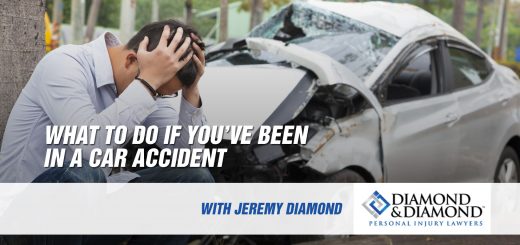Are you worried that your insurance rates will increase if you are in a motor vehicle accident? If so, you are not alone. Most drivers fear they will be forced to pay expensive rates if they are involved in a minor fender bender that is their fault. The thought of a serious accident terrifies them because they fear not being able to pay the increased rates that their insurance company may charge for an accident they cause that results in severe injuries and substantial damages.
If you are involved in a car accident, several factors determine if your insurance rate will increase. One of the biggest factors is whether you are assigned fault for the accident. Your insurance company may raise your premium if you are partially or completely at fault for the collision. In addition to fault, other factors that could influence whether your rates go up include your driving record and your insurance coverage.
For example, if you have a clean driving record, your rate may or may not increase. However, if you were found at fault for one or more accidents in the past few years, your rate is likely to increase. The type of insurance coverage you have is also a factor. If you have a policy that includes “accident forgiveness,” you may be protected from a rate increase depending on the circumstances.
You can definitely expect your insurance rates to increase substantially if you have several at-fault car accidents. When you have several at-fault accidents, you can be considered a high-risk driver. High-risk insurance can be very expensive.
Determining Fault for an Ontario Car Accident
Some people assume that law enforcement officers who respond to the accident scene determine fault for insurance purposes. This is not the case. Insurance companies assign fault for a car accident based on the Fault Determination Rules set by the Ontario government. The Fault Determination Rules include more than 40 accident scenarios. Each accident scenario has diagrams to illustrate how the accident may have occurred. Based on the information in the rules, the insurance company assigns fault to each driver involved in the accident.
It is important to understand that the rules apply in all situations regardless of weather conditions or visibility. The rules also apply regardless of the point of impact for the vehicles and whether a pedestrian was involved in the accident.
The most common types of at-fault accidents that are covered by the fault rules include:
- Rear-end collisions
- Drunk driving or drugged driving accidents
- Collisions that occur because of distracted driving
- Failing to obey traffic signals or traffic signs (i.e. left-hand turn accidents/failure to yield right of way crashes)
- Speeding, reckless driving, crossing center line, and other traffic violations
The rules of fault contain many more accident types. While the above types of accidents may be some of the most common at-fault accident, you run the risk of being charged with fault for any accident.
Fault Impacts More Than Just Your Insurance Rates
Fault in a car accident can also impact whether you can recover compensation for your injuries. If the insurance company determines you are at fault, you may not receive the compensation you deserve. It is important to work with an experienced car accident lawyer who can perform an independent accident investigation to determine fault and object to the findings of the insurance company if it is wrong.
The team of lawyers at Diamond and Diamond have experience investigating car accident cases and fighting insurance companies for fair and just settlements for accident victims. Call our 24/7 injury hotline at 1-800-567-HURT or visit our website to speak to someone now. We offer free consultations and case evaluations.







